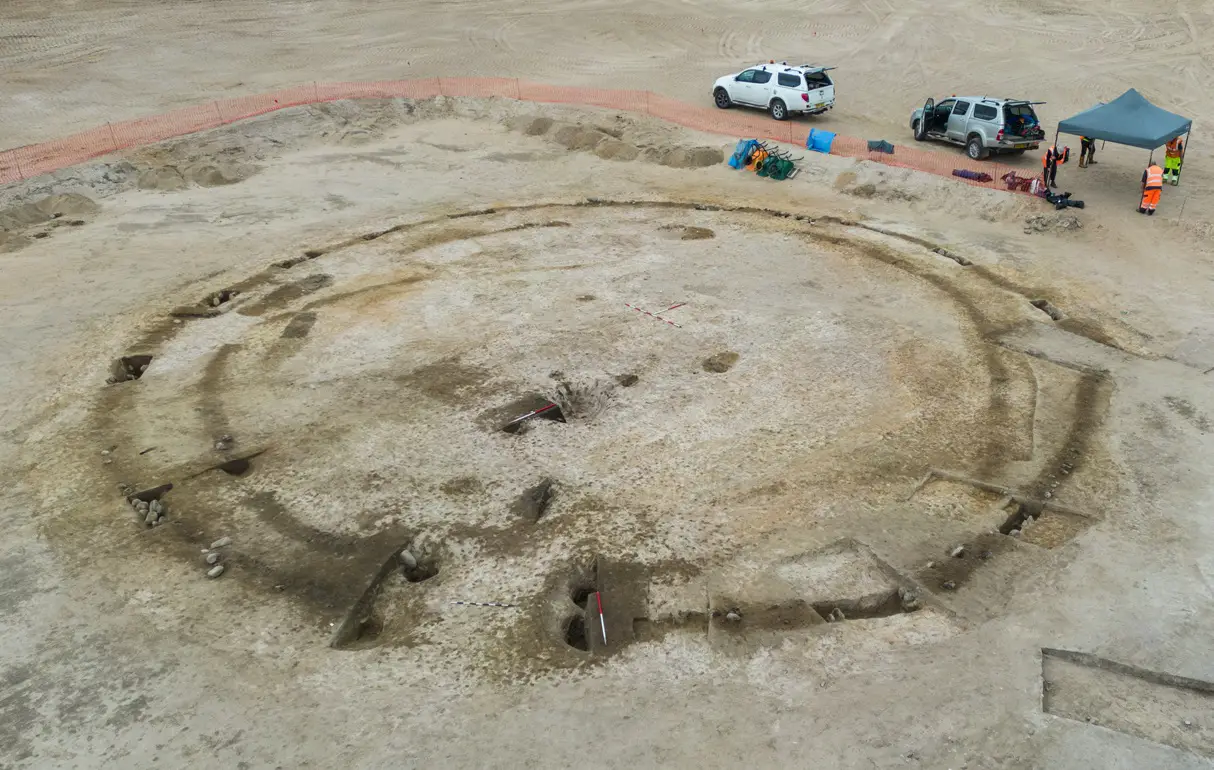Archaeologists have made several major discoveries at the site of the upcoming Old Petty Championship Golf Course at Cabot Highlands, near Inverness, Scotland.
A study led by Avon Archaeology Highland uncovered remnants of Neolithic wooden structures, a prehistoric ceremonial circle, a 3,500-year-old Bronze Age cremation urn, and traces of medieval field systems and grain-drying kilns.
AMS radiocarbon dating indicates extensive human activity during the early Neolithic (3600 BC), the Bronze Age (2500 BC to 750BC), the Iron Age (750 BC to AD 500), the Middle Ages (13th to 15th centuries AD) and the 18th century.
According to Avon Archaeology Highland: “These findings paint a picture of ancient life in the Highlands, from ceremonial practices to agricultural innovation, between the Middle Ages and 6,000 years ago.”

At least 25 structures have been identified, along with flint tools and quern stones, indicating substantial settlement during the Neolithic period.
The most notable discovery is a ceremonial/funerary palisade circle, where archaeologists found a cremation pit in the interior containing the remains of a chariot wheel made from Iron.
Stuart McColm, Vice-President of Golf Development, Cabot, said: “This has been a remarkable journey from pre-historic times to the present, right here on our doorstep. It’s humbling to think that our new championship course, Old Petty, will rest on such historically rich ground. We’re proud to preserve this heritage while creating a world-class golf experience.”
In keeping with Scottish archaeological best practice, efforts have been made to ensure the preservation of key features, including the prehistoric ceremonial circle, which has been carefully reburied in-situ. By careful design (and detail changes) to the new course layout, it has been possible to protect and preserve other significant buried archaeological remains that were identified during the evaluation (trenching) phase.
Header Image Credit : Avon Archaeology Highland
Sources : Kane Partners







